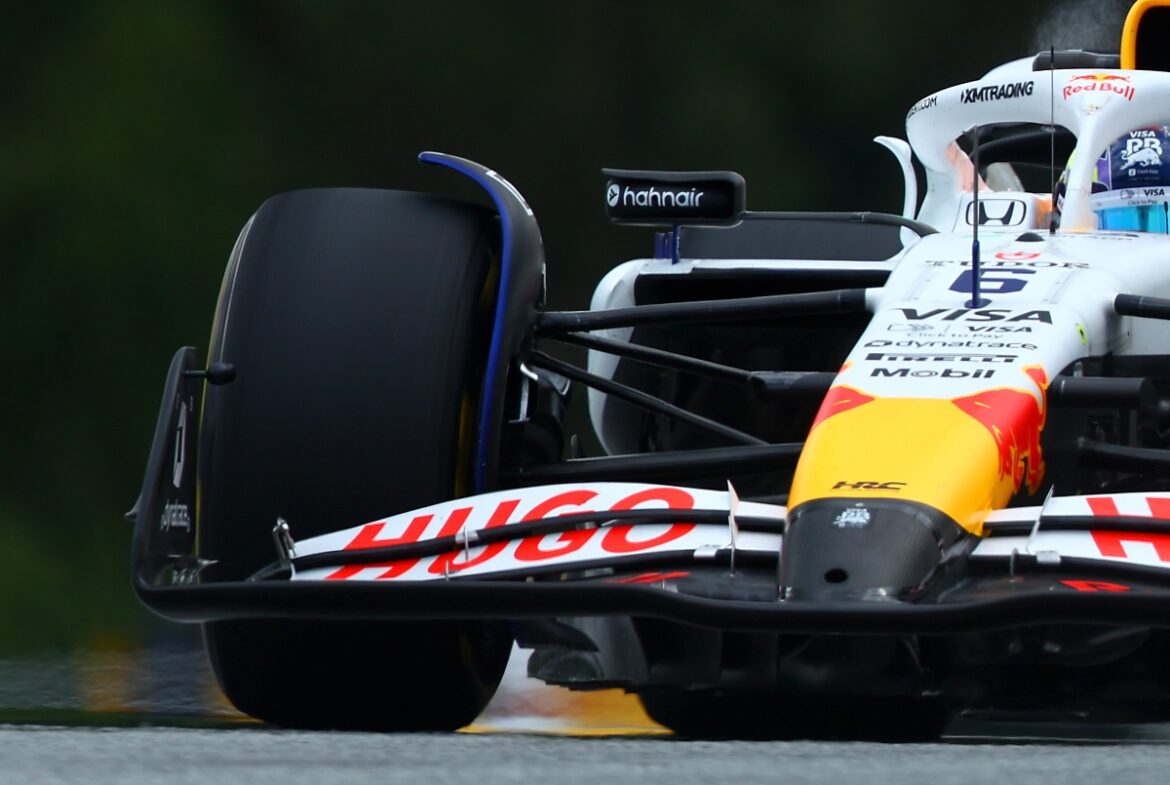Upgrades at the Austrian Grand Prix: A Competitive Edge for Formula 1 Teams
As the excitement builds for the Austrian Grand Prix, the leading teams in Formula 1 are unveiling their latest upgrades in a bid to gain an edge in this highly competitive sport. The ongoing battle to catch McLaren has led to significant advancements from the top four teams, each striving to enhance their performance on the track.
McLaren’s Innovations
McLaren has made notable enhancements to its front suspension, focusing on the fairings to optimize airflow and improve aerodynamic performance. This upgrade aims to refine the aerodynamics of the car, which is crucial for maintaining speed and stability during races. Additionally, the team has modified the aerodynamic components at the front corner of the vehicle, which is designed to further enhance airflow management.
In the rear section, McLaren has introduced an alternative suspension geometry. This change necessitates a revision of the aerodynamic surfaces at the rear corner to ensure proper clearance and maintain optimal aerodynamic performance. These updates come at a vital time, as McLaren’s competitors are also rolling out their own enhancements, making the competition increasingly fierce.
Ferrari’s Strategic Changes
Ferrari is also pushing the envelope with its latest updates, targeting the crucial aspects of its vehicle’s design. The team has developed a new floor that features modifications to the floor fences, body shape, edge, and diffuser. These changes are aimed at improving the overall aerodynamic efficiency of the car.
The new floor package is designed to enhance the vorticity released downstream, which is essential for optimizing airflow around the car. The reshaped boat and tunnel expansion have been meticulously re-optimized to improve performance. Additionally, adjustments to the floor edge loading and diffuser volume distribution are expected to yield an overall increase in aerodynamic load across various operating conditions. This strategic focus on the floor design is expected to give Ferrari a significant boost in its quest for speed.
Red Bull’s Focus on Stability
Red Bull is not standing still in this intense competition. The team has introduced an upgrade to its floor, though they have specifically noted that only the floor edge has been modified for this weekend’s race. The primary goal of this update is to maintain stable airflow and extract more aerodynamic load, which is critical for achieving consistent downforce and improving the car’s handling characteristics.
These adjustments are particularly vital given the unique challenges posed by the Red Bull Ring, which is situated at a high altitude. The altitude affects the car’s performance, especially regarding braking, which is a crucial aspect of any race. By focusing on these specific modifications, Red Bull aims to enhance both the stability and performance of its vehicle.
Mercedes’ Circuit-Specific Adaptations
Mercedes has also brought a series of circuit-specific upgrades to the Austrian Grand Prix. The team has enlarged the front brake ducts and modified bodywork exits on the engine cover, which are essential for managing the cooling requirements of the car during the race. Given the high temperatures expected at the Red Bull Ring, these changes are crucial for ensuring that the car operates efficiently throughout the event.
The unique characteristics of the Red Bull Ring, including its elevation and temperature variations, present significant challenges for all teams. Mercedes’ adaptations are aimed at addressing these challenges head-on, ensuring that their vehicle remains competitive on this particular circuit.
Racing Bulls’ New Components
At Racing Bulls, two new components have been introduced to enhance performance. An updated front wing flap has been designed to improve local flow conditioning, which is essential for optimizing aerodynamic efficiency. This enhancement aims to boost performance across various racing conditions, providing the team with a competitive advantage.
Additionally, a circuit-specific rear wing has been developed, with changes made to the upper element to improve the balance between downforce and efficiency. This careful calibration is intended to ensure that the car performs optimally in the unique conditions present at the Austrian Grand Prix.
Sauber’s Progress
One of the teams that has shown remarkable progress in recent weeks is Sauber. The team continues to refine its floor design, with adjustments made to the mid-floor area, floor edge, and diffuser. These modifications are aimed at creating a more efficient aerodynamic profile, which is crucial for enhancing downforce.
Furthermore, Sauber has introduced a high-downforce rear wing configuration that complements the overall design changes. This focus on aerodynamic efficiency is a testament to the team’s commitment to improving its performance and competing effectively in the fast-paced world of Formula 1.
The Competitive Landscape
The upgrades brought to the Austrian Grand Prix highlight the relentless pursuit of excellence in Formula 1. Each team is leveraging its engineering capabilities to push the boundaries of performance, seeking any advantage that might lead to success on the track. As the race approaches, the excitement builds around how these modifications will play out during the event.
The ongoing rivalry among the top teams, including McLaren, Ferrari, Red Bull, Mercedes, and Sauber, adds to the anticipation. Fans and analysts alike are eager to see how these upgrades will affect their respective performances and whether any of these teams will be able to close the gap with McLaren, which has been demonstrating impressive pace.
Conclusion
As the Austrian Grand Prix approaches, the upgrades brought by the top Formula 1 teams underscore the high-stakes nature of competitive racing. Each team’s commitment to innovation and improvement is evident in their strategic upgrades, and the outcome of the race may very well hinge on how effectively these changes translate into performance on the track. Fans and followers of the sport can look forward to what promises to be an exhilarating race filled with intense competition and groundbreaking technology.
